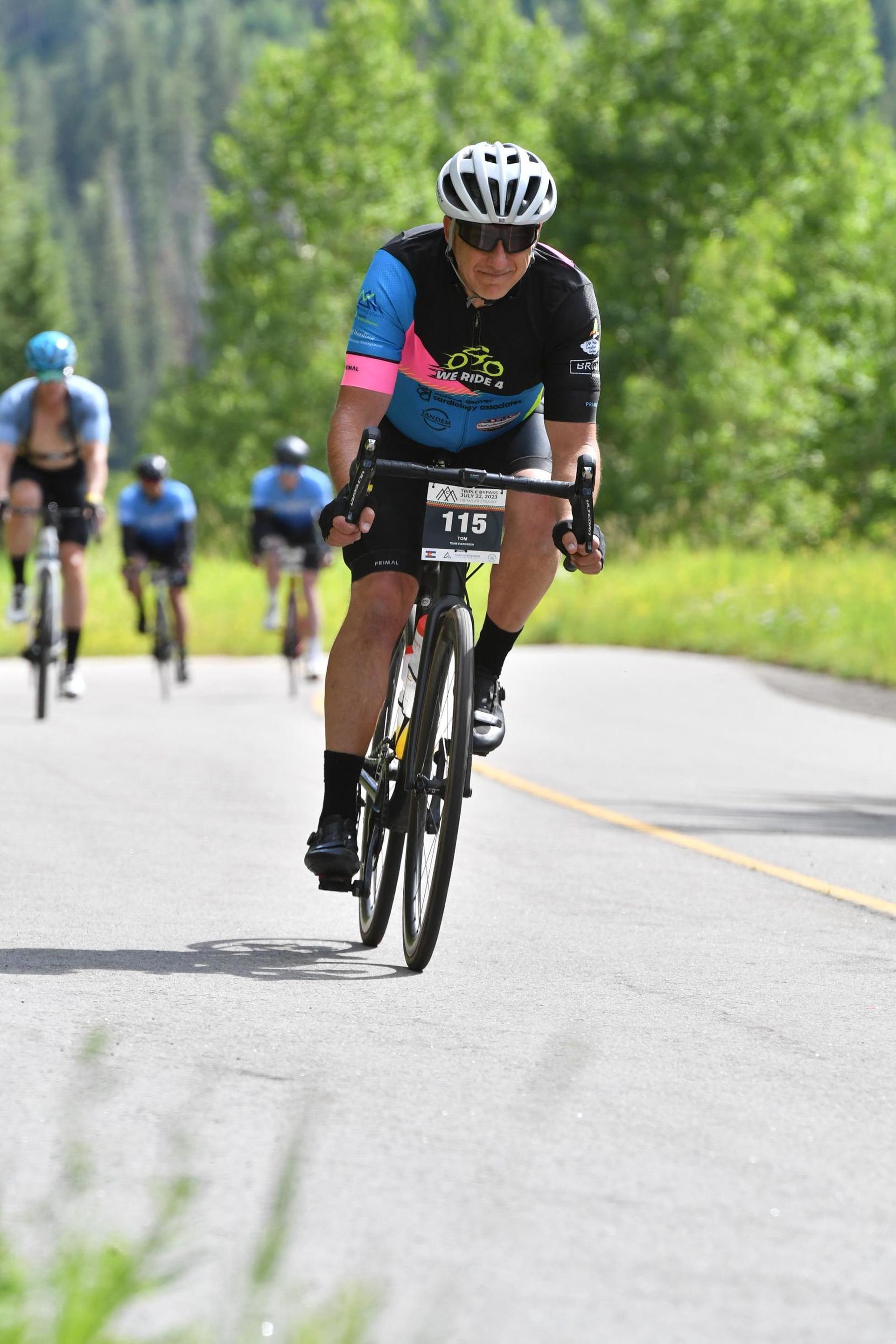Second, an observation. Some people love doing cardio and hate lifting weights. Other people love to lift weights and hate doing cardio. And some people appreciate and do both. If you're in either of the first two categories, we're going to invite you to rethink your approach.
Let's start with an outline of a generic exercise recommendation for adults who want to be active, strong enough, generally fit, and benefitting from all the purported benefits of exercising.
- Do 2-3 days of strength training every week.
- Do 3-5 days of cardiovascular training every week.
- Play games or do fun active things 2-3 days every week.
- Relax 1-2 days every week.
If you do the bare minimum, that's about 8 days of activity. It you do the maximum, that's 13 days. Sound good? :-)
(Note: the term "days" does not imply that you should be lifting weights or doing cardio for 24 hours in a row. Come on now. Don't be silly.)
What's missing from this generic recommendation is a lot of specifics. Obviously.
Start with who you are and why this is important. Follow with what. Decide how.
Here are some different types of exercisers – avatars, archetypes, or personas, if you will.
The Endurance Athlete
If you identify as or aspire to be an "endurance" athlete, you're going to doing more cardio than anything else. Running, biking, swimming, and hiking/rucking sounds most fun to you and hitting the minimum cardio guidelines is easy. Complement those activities with 2 full-body strength sessions per week. And do some yoga or nothing another day that week and you're good.
(MAMILs fall into this category.)
The Muscle Mechanic
If you love to lift heavy, that's cool. Lift weights 3 times a week complemented with three days of cardio. And do some yoga or nothing another day that week and you're good.
The SportsBall Gamer
Are you a sporty type who likes playing football, soccer, hockey, volleyball, tennis, golf, pickle ball, rock climbing, fly fishing, kayaking, birdwatching, . . .? Do that! And then you might also lift weights twice a week and do some complementary cardio once or twice a week. Complementary cardio implies you'll do the opposite type of activity that you do while playing your game. For example, if you play soccer, you may benefit from high intensity intervals. If you play hockey, you may benefit from long slow distance training.
The Seasonal Recreationalist
You ski or ride in the winter. You mountain bike, hike and camp in the summer. You do the Bolder Boulder every Memorial Day and the Turkey Trot on Thanksgiving. You go to Red Rocks for concerts. You ride your cruiser bike to the brew pubs. Welcome to Colorado. For you? Two lifts, three cardios, two tylenol. Call me in the morning.
The Beginner
If you're new to moving, exercising, playing and haven't picked a favorite - no worries! Experiment, mix it up, do a little of everything, and enjoy the process. Eventually, you'll discover your favorite way to move and groove. For you? Two lifts, three cardios, one yoga, one hike/bike/ski/pickle/frisbee.
Finding Your Balance
Who even are you? Contemplate why exercising is important to you and then seek direction. Pick what you want to do. Decide how to do it. Figure out when, for how long, and how intensely. Acknowledge your propensity to repeat your favorite way of working out and resist the urge to do what you always do.
The Short Answer - Cardio vs. Strength Training
Do them both. Split them up depending on why you're exercising, what you're exercising for, what "season" you're in (literally or figuratively), and what you enjoy the most.
Some Final Words
If you're new to exercising or just coming back from a period of time when life distracted you (it happens!), this might seem overwhelming. Exercising every day may sound like it's a lot. If this is your situation, just start by doing something.
The fact is, going from nothing to the minimum will require a significant change in your priorities. Call it a disruption, a paradigm shift, a makeover, reinventing yourself, whatever. The good news is that your future self will be grateful (that's a money-back guarantee).
So, get started. Do a little, then a little more.
And if you don't know how or where to start, ask for help! That's what we do at Vitruvian Fitness®.
Curious to learn more?
We encourage you to do a 14-Day Trial Membership. In 14 days, you will get a private onboarding session that includes the
Functional Movement Screen®, then unlimited semi-private training sessions doing the program we design based on that first session. And you’ll get to be a part of one of the most inviting, inclusive, and fun communities you’ll find anywhere. At the end of your trial, you get to decide if you liked it and if you want to continue with a regular 6-month membership. All the options and prices are on our Membership page.
Click here to sign up now!
Our facility is conveniently located on the northwest corner of Denver in beautiful downtown Wheat Ridge.








